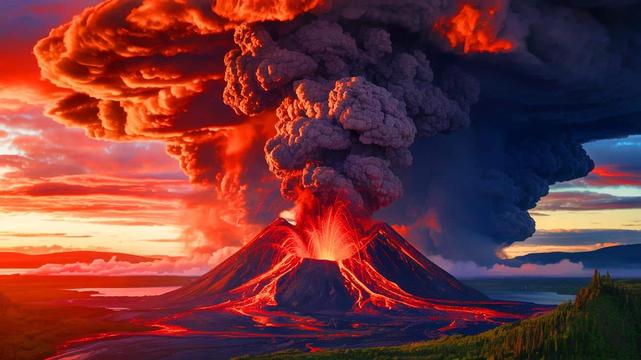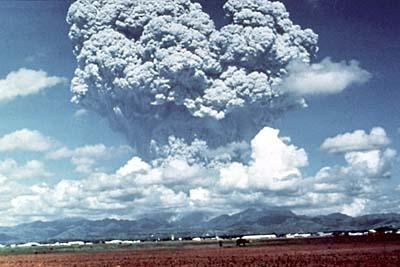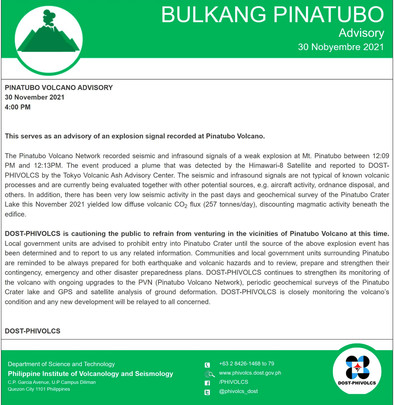Obviously, I now must investigate if 1994-1995 and 2016-2017 were in other ways similar to 2023-2024. My favourite culprit would be #HungaTonga – because it's treated as such an underdog in the 2023 discussion that I simply MUST side with that volcanic explosion.😁 (Really, how can they dismiss it? The explosion was HEARD in Alaska, 6000km away... !! Just because as submarine volcano it didn't emit much SO2? That's speci-ist!😁)
August-2016 was preceded by two VEI-4 eruptions in 2015 April and May. That's 17 months between eruptions and the 12 months freak growth rate in North Atlantic 35-50°N. Much like HungaTonga's 18 months between January 2022 and freak 2023-June.
Esp. in light of the sad fact that the #volcano database lists the start date of the eruptions, not the date of an eventual explosion. Eg, HungaTonga in the database has a start date in December 2021 but the VEI-5 explosion occurred mid January 2022. https://volcano.si.edu/search_eruption.cfm Who knows when the explosions in 2015 actually occurred. (Sad!)
Browsing the longer periods of strong growth rates and looking at number of eruptions and VEI4-6 explosions, I see a pattern emerge: immediately after many eruptions or strong explosions, growth rate of SST in the North Atlantic, Center and East longitudes, is negative for a while. But approximately 12 to 18 months after the major volcanic activity, growth rate jumps up and stays high for a few months.
1995 was preceded by 2 VEI-5 explosions in 1991, #Pinatubo in June and another 2 months later. Or let's say what the database really states: 2 volcanos started erupting in April and August 1991 and eventually exploded in a VEI-5. When the explosions occurred I can only tell for Pinatubo: in June. The August eruption might have exploded in 1993 for all we know.
Anyway, so there also was a volcanic match for the strong 1995-1996 growth rate period. Tho, it was very long ago. But that was due to so much SO2 in the system that it cooled the planet for 2 years. And only in 1995, the heating resumed with force, strengthened by an El Nino.
So yeah. As far as I am concerned, the mystery of the gobsmacking bananas 2023 > in the North #Atlantic < is solved. The SO2 reduction from #shipping by the "voluntary regulation" from #IMO is not THE culprit, or the major shipping routes in my rectangle would have behaved differently 2022 - 2023 than other "normal freak occurrences".
I'd have to analyse North Pacific the same way to increase my certainty. But I'm just a layperson, no scientific stringency required. I'll leave it to others. or do it some other #FridaysForFuture day if I feel like it.
Attached are screenshots of the chronological time series from April 1986 to March 2006 and from April 2004 to 2024-March like described in the previous toot. Now with three new columns: "volcanic eruptions", "VEI4-6" and "VEI5-6".




